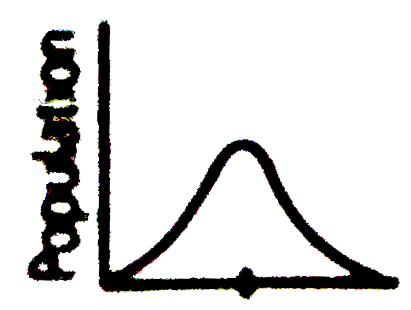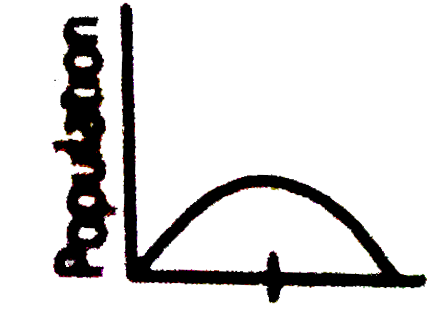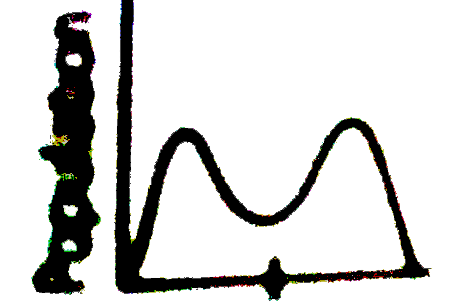You discovered a novel eukaryotic organism that glows in the dark. You believe this trait is due to a single gene, and you wish to clone the gene. Which of the following strategies is most likely to be successful ?
Isolate the genomic DNA from the organism, digest with a restriction endonuclease, Insert into a plasmid vector and transform into bacteria. Screen colonies for the ability to glow in the dark
Isolate the genomic DNA from the organism, digest with a restriction endonuclease, insert into a plasmid vector and transform into eukaryotic cells such as yeast. Screen colonies for the ability to glow in the dark
Isolate mRNA from the organism, reverse transcribe and generate cDNA, insert into a plasmid vector and transform into bacteria. Screen colonies for the ability to glow in the dark
Isolate mRNA from the organism, reverse transcribe and generate cDNA, insert into a plasmid vector and transform into eukaryotic cells such as yeast. Screen colonies for the ability to glow in the dark.
The correct Answer is:D
To clone the gene responsible for the glowing trait in the novel eukaryotic organism, follow these steps:
1. Isolate mRNA from the organism:
- Start by extracting the total RNA from the cells of the glowing organism. Since the glowing trait is likely due to a specific gene, you will need to isolate the mRNA that corresponds to this gene.
2. Reverse Transcribe mRNA to cDNA:
- Use reverse transcriptase to convert the isolated mRNA into complementary DNA (cDNA). This process synthesizes cDNA from the mRNA template, which represents the coding sequence of the gene without introns.
3. Insert cDNA into a Plasmid Vector:
- Once you have the cDNA, you need to insert it into a plasmid vector. This vector will carry the cDNA into a host cell. Ensure that the plasmid has the necessary elements for replication and expression in eukaryotic cells.
4. Transform Eukaryotic Cells (e.g., Yeast):
- Introduce the plasmid containing the cDNA into a eukaryotic host, such as yeast. This transformation allows the host cell to take up the plasmid and express the glowing gene.
5. Screen Colonies for the Ability to Glow:
- After transformation, culture the yeast cells and screen the colonies for the ability to glow in the dark. This step helps identify which transformed cells successfully express the glowing trait.
Final Answer:
The most successful strategy to clone the glowing gene is to isolate mRNA from the organism, reverse transcribe it to generate cDNA, insert the cDNA into a plasmid vector, and transform this into a eukaryotic cell such as yeast, followed by screening for glowing colonies.
---
- Start by extracting the total RNA from the cells of the glowing organism. Since the glowing trait is likely due to a specific gene, you will need to isolate the mRNA that corresponds to this gene.
- Use reverse transcriptase to convert the isolated mRNA into complementary DNA (cDNA). This process synthesizes cDNA from the mRNA template, which represents the coding sequence of the gene without introns.
- Once you have the cDNA, you need to insert it into a plasmid vector. This vector will carry the cDNA into a host cell. Ensure that the plasmid has the necessary elements for replication and expression in eukaryotic cells.
- Introduce the plasmid containing the cDNA into a eukaryotic host, such as yeast. This transformation allows the host cell to take up the plasmid and express the glowing gene.
- After transformation, culture the yeast cells and screen the colonies for the ability to glow in the dark. This step helps identify which transformed cells successfully express the glowing trait.
The most successful strategy to clone the glowing gene is to isolate mRNA from the organism, reverse transcribe it to generate cDNA, insert the cDNA into a plasmid vector, and transform this into a eukaryotic cell such as yeast, followed by screening for glowing colonies.
Topper's Solved these Questions
- BIOTECHNOLOGY AND ITS APPLICATIONBook:NCERT FINGERTPS ENGLISHChapter:BIOTECHNOLOGY AND ITS APPLICATIONExercise:EXEMPLAR
Explore 15 Videos
- BIOTECHNOLOGY AND ITS APPLICATIONBook:NCERT FINGERTPS ENGLISHChapter:BIOTECHNOLOGY AND ITS APPLICATIONExercise:Assertion-Reason
Explore 15 Videos
- BIOTECHNOLOGY AND ITS APPLICATIONBook:NCERT FINGERTPS ENGLISHChapter:BIOTECHNOLOGY AND ITS APPLICATIONExercise:Biotechnology And Its Application
Explore 137 Videos
- BIOTECHNOLOGY - PRINCIPLES AND PROCESSESBook:NCERT FINGERTPS ENGLISHChapter:BIOTECHNOLOGY - PRINCIPLES AND PROCESSESExercise:Biotechnology - Principles And Processes
Explore 139 Videos
- ECOSYSTEMBook:NCERT FINGERTPS ENGLISHChapter:ECOSYSTEMExercise:Ecosystem
Explore 140 Videos
Similar Questions
Knowledge Check
Which one of the following dienes would you expect to be the most stable ?
A B
B C
C D
D
The given graph shows the range of variation among population members for a trait determined by multiple genes. If this population is subjected to disruptive selection for several generations, which of the following distributions is most likely to result?
 A
A B
B C
C D
D
If you could follow a small region of membrane as it flowed from organelle to organelle, which of the following sequences would you most likely observe?
AGolgi apparatus → lysosome→ ERBNuclear envelope → lysosome → Golgi apparatusCER → Golgi apparatus→ plasma membraneDER → chloroplast → mitochondrion
In which one of the following preparations are you likely to come across cell junctions most frequently ?
View SolutionIf you are provided with root-tips of onion in your class and are
asked to count the chromosmes, which of the following stages can
you most convenintly look into.
View SolutionA few normal seedling of tomato were kept in a dark room. After a few days were found to have become white coloured like albinos. Which of the following terms will you use to describe them
View SolutionA few normal seedlings of tomato were kept in a dark room. After a few days were found to have become white coloured like albinos. Which of the following terms will you use to describe them
View SolutionWhich of the following occurs if you first walk from a brightly lit area into darkness?
View Solution